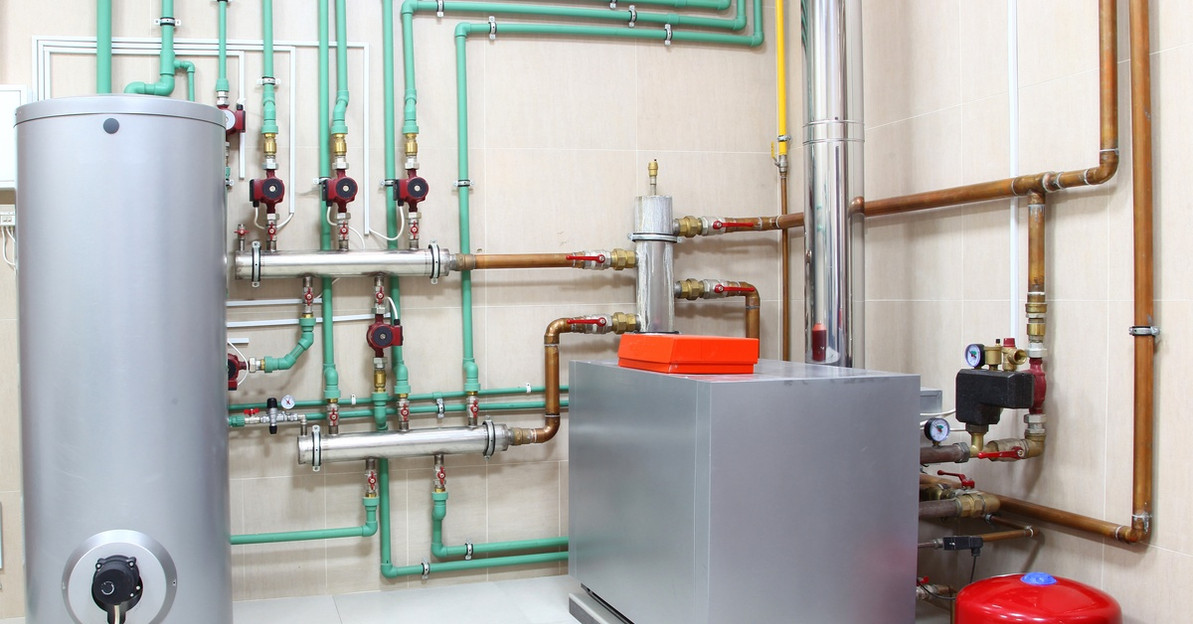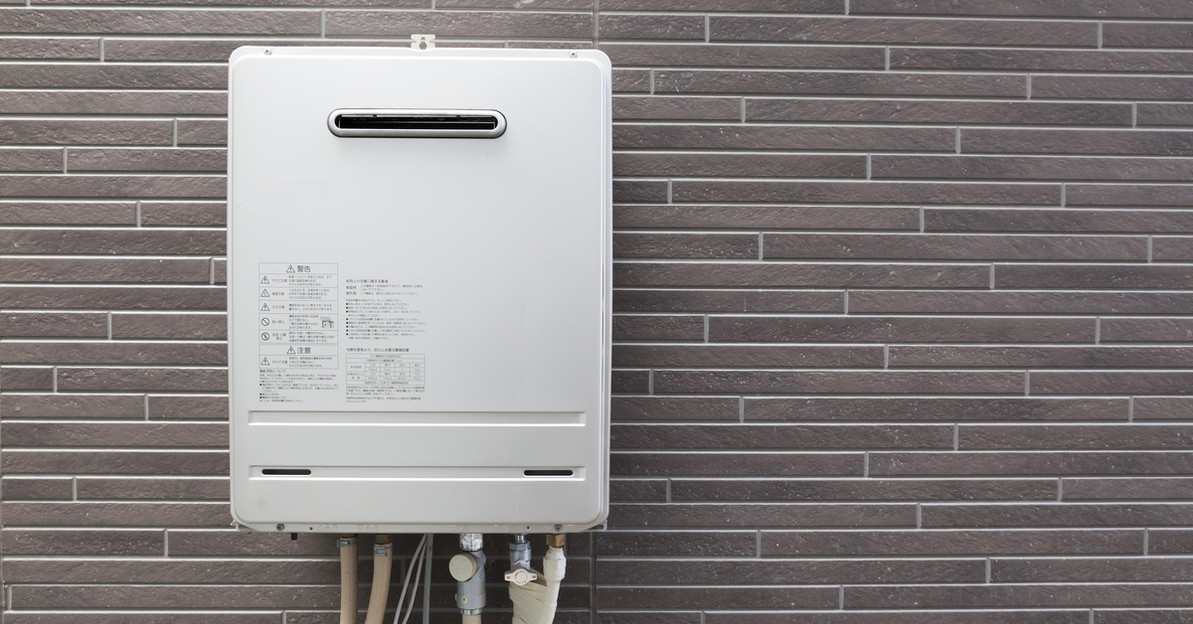The Differences Between Sewage Pumps and Sump Pumps
In every home and building, pumps play a crucial role in keeping the surrounding environment clean and healthy. These machines help manage water and waste effectively so that these substances don’t cause damage or health hazards.
Two types of pumps often come into play in this context: sewage pumps and sump pumps. Although both serve critical functions, they have distinct roles, designs, and applications. Let’s take a look at the biggest differences between sewage pumps and sump pumps.
Understanding Sewage Pumps
Sewage pumps operate by pushing sewage, which includes solid waste and water, from one location to another. The wastewater fills the pump’s tank, activating the pump that moves the waste through a series of pipes that lead to a septic system or public sewer.
The design of submersible sewage pumps allows them to handle solid waste. This feature makes them suitable for use in homes and buildings where the plumbing fixtures sit below the sewer line. Sewage pumps prevent wastewater overflow and reduce the risk of unpleasant clogs.
Understanding Sump Pumps
Meanwhile, sump pumps work by collecting excess water in a basin, usually installed in the lowest part of a basement or crawlspace. They’re a crucial tool in moisture management within homes and buildings. When the water level reaches a certain point, the sump pump activates and propels the water away through a discharge pipe.
The main application of a sump pump is to prevent basement flooding, especially in areas prone to heavy rainfall. They also mitigate dampness by lowering the water table under the foundation. This feature helps prevent mold growth and water damage, protecting the structural integrity of the building.
Key Differences
While sewage pumps and sump pumps both serve crucial roles in managing water and waste, they do serve distinct purposes.
A sewage pump primarily handles solid waste and water, pushing them across long distances. On the other hand, sump pumps deal exclusively with excess water to prevent flooding and manage moisture levels.
Making Your Choice
Consider the specific needs of your property as you choose between a sewage pump and a sump pump. If your home or building has plumbing fixtures that sit below the sewer line, or if you need to pump waste over long distances, a sewage pump may be right for you.
If you’re dealing with issues related to excess water, especially in the basement or crawlspace of your property, a sump pump may be more appropriate. They excel at preventing flooding, water damage, and the proliferation of mold.
As you compare sewage pumps and sump pumps and examine the differences between the two, it’s important that you know the unique functions and applications of each pump. Your choice should not be based on features alone; it should hinge on the specific needs of your property.
Recent Posts
-
A Guide to Implementing Indirect Water Heating With Boilers
Choosing the right water heating method for your home or business significantly impacts energy effic …Dec 9th 2025 -
How Tankless Water Heaters Can Benefit Commercial Kitchens
A commercial kitchen operates at a fast pace and maintains very high performance standards. Every pi …Dec 3rd 2025 -
Noise Reduction Strategies for Urban Booster Pump Installs
In densely populated urban areas, every sound matters. The constant hum of traffic, construction, an …Dec 2nd 2025





